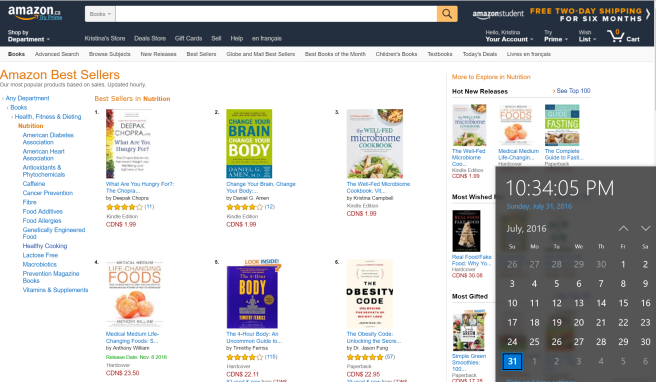“That’s disturbing” said my ten-year-old nephew when I explained the concept of fecal microbiota transplantation (FMT). He’d just given himself an FMT treatment as his father supervised, looking a little confused.
We were playing Gut Check — a new board game created by David Coil and published by MO BIO Laboratories. A cult hit among scientists from Maryland to California, the game is described as “scientific, strategic and competitive”. As in, you have to be prepared to give your fellow players botulism if you really want to win.
I was reviewing the game for an assignment, and I needed a test crew. The box specified an age range of 13 and up, but since it was Canadian Thanksgiving and I had family (but no scientists) around, I wound up playing the game with a group that included E, a smart and competitive fifth grader.
Each of us had a board that represented our personal gut microbiome, with microbe cards that passed in and out. It took us a while to get the hang of the game — each turn brought several options, like putting down a microbe card or playing events like “train trip” or “kanamycin” (an antibiotic). But once we got going, we were laying down C. difficile and L. acidophilus like pros.
“Is yogurt healthy?” asked E at breakfast the next morning. He wanted some. Only when we played Gut Check again that night did I realize why he had requested it: he’d remembered the rule specifying that the player who had most recently eaten yogurt should go first. E was always alert for opportunities to gain a competitive advantage.
After two more rounds, E confirmed he had learned a lot from the game. He was going to make sure he told his friends that “the plague” was caused by bacteria and not actually by rats. No regrets about playing — even if he can never un-know the concept of a fecal transplant.

